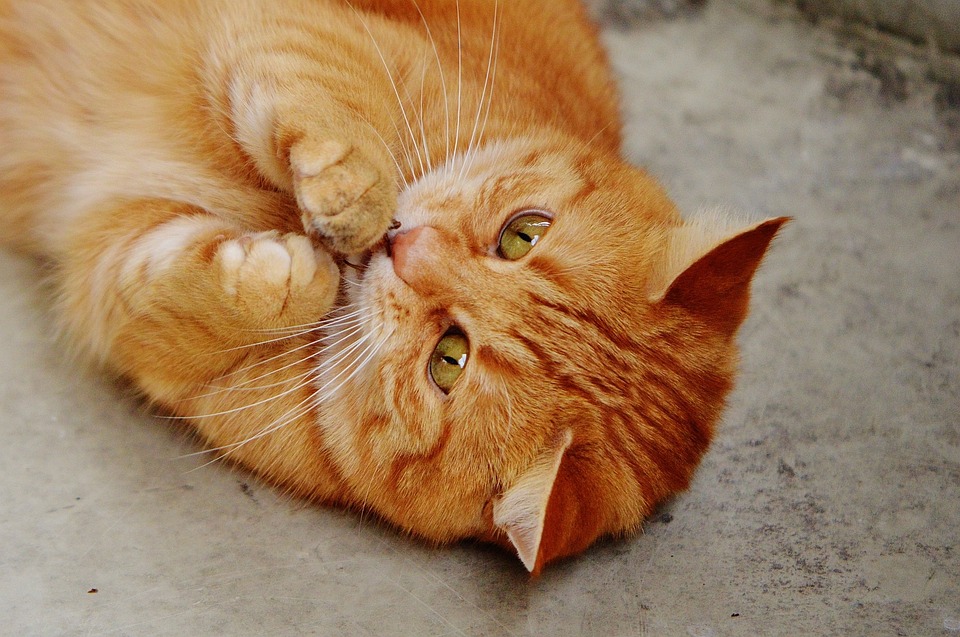Preventing and managing common skin conditions in cats is essential for their overall health and well-being. Cats can develop various skin problems, including flea allergy dermatitis, ringworm, allergies, and mange. These conditions can cause discomfort, itchiness, hair loss, and skin irritation. By understanding these conditions and taking proactive measures, cat owners can help prevent and manage them effectively.
Flea allergy dermatitis (FAD) is a common skin condition in cats caused by flea bites. Some cats may develop an allergic reaction to flea saliva, leading to intense itchiness, inflammation, and hair loss. To prevent FAD, it is important to use veterinarian-approved flea prevention products and regularly groom your cat to remove any fleas or flea dirt.
Ringworm is another common skin condition in cats, characterized by circular patches of hair loss, redness, and scaly skin. Contrary to its name, ringworm is a fungal infection. To prevent ringworm, maintain a clean environment by regularly cleaning your cat’s bedding, vacuuming your home, and keeping the litter box clean. If your cat does develop ringworm, consult a veterinarian for appropriate antifungal treatment.
Allergies can also affect cats, causing itchy skin, redness, and rashes. Cats can develop allergies to substances like pollen, dust mites, or certain foods. To prevent allergies, it is important to identify and eliminate the allergens from your cat’s environment. Regular grooming and maintaining a clean living space can help reduce the allergen load. If allergies persist, consult a veterinarian for allergy testing and potential immunotherapy options.
Mange is a skin condition caused by mites and can lead to intense itching, hair loss, and skin irritation. There are two types of mange commonly seen in cats: sarcoptic mange and demodectic mange. Consult a veterinarian for an accurate diagnosis and appropriate treatment plan if you suspect your cat has mange.
In addition to prevention, managing common skin conditions in cats involves various strategies. It is crucial to consult a veterinarian for an accurate diagnosis and treatment plan. Depending on the specific condition, your veterinarian may prescribe medication or topical treatments such as antifungal creams or flea control products.
Regular bathing with medicated shampoos or soothing products recommended by your veterinarian can also help manage certain skin conditions. However, it is important to follow your veterinarian’s advice regarding the frequency of bathing, as over-bathing can dry out the skin.
When it comes to managing cat skin conditions, it is important to remember that using human skin products on cats is not recommended. Cats have different pH levels and more sensitive skin compared to humans. Consult your veterinarian for appropriate feline-specific products.
While natural remedies may offer temporary relief for some skin conditions, it is essential to consult a veterinarian for a proper diagnosis and treatment plan. Natural remedies alone may not effectively address the underlying cause of the skin condition.
Stress can also play a role in the development or exacerbation of certain skin conditions in cats. Creating a calm and enriching environment for your cat can help reduce stress levels and maintain healthy skin.
In conclusion, preventing and managing common skin conditions in cats requires proactive measures from cat owners. Regular grooming, flea control, maintaining a clean environment, and proper nutrition are essential for preventing these conditions. Consulting a veterinarian, following appropriate treatment plans, and providing a stress-free environment are crucial for managing cat skin conditions effectively. By prioritizing their skin health, cat owners can ensure their feline companions remain comfortable and happy.








